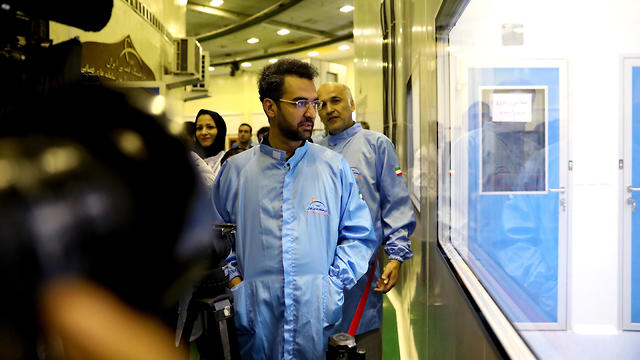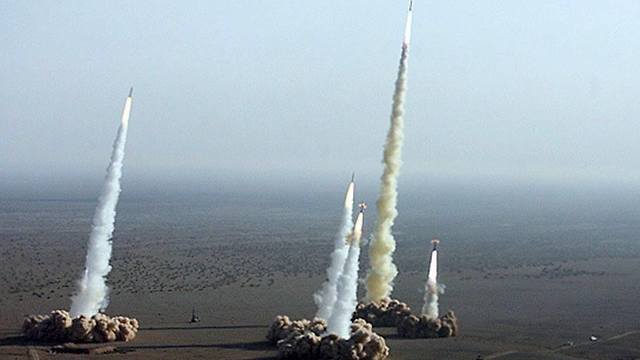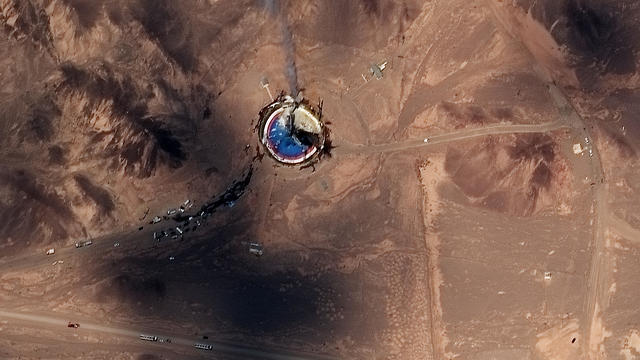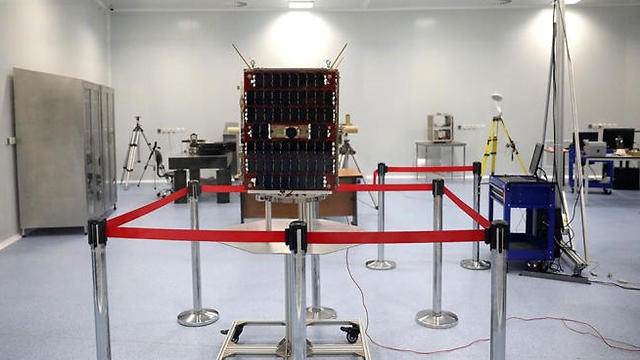
U.S. hits Iran space agency with sanctions over missile work
The Trump administration for the first time targets the agency and its affiliates after an explosion of a rocket at Iran's Imam Khomeini Space Center; sanctions would subject companies and governments working with the agency to harsh penalties
The sanctions announced by the State and Treasury departments targeting the agency and two research organizations following the explosion of a rocket on Thursday at Iran's Imam Khomeini Space Center in what an Iranian official said was a technical malfunction during a test. The explosion prompted President Donald Trump to tweet a surveillance image depicting the apparent aftermath of the incident and declare that the U.S. had nothing to do with what transpired at the launch site.
The U.S. Treasury sanctions targeted the Iran Space Agency, Iran Space Research Center and the Astronautics Research Institute, according to a statement on its website.
"The United States will not allow Iran to use its space launch program as cover to advance its ballistic missile programs," Secretary of State Mike Pompeo said in a statement.
With the latest sanctions, the Trump administration can subject foreign companies and governments, including international space cooperation organizations, to significant penalties if they have any involvement with the Iranian space agency. They would also freeze any of the agency's assets in U.S. jurisdictions, though there aren't likely to be any given the state of relations between the two nations.

The official said the move was not directly related to last week's explosion but that the surveillance image provided evidence of the U.S. assertion that the Iranian space program is used to develop missiles, including ones capable of carrying nuclear warheads or other weapons of mass destruction over long distances.
The sanctions are part of the Trump administration's escalating campaign of economic and diplomatic measures against Iran since unilaterally withdrawing last year from an international accord that was intended to curb the Iranian nuclear program.
Iran insists it is developing rockets to launch satellites into space, which it has done twice since 2013. The explosion marked the third failure involving a rocket at the Iranian center, which has raised suspicions of sabotage in Iran's space program.
Iran government spokesman Ali Rabiei said Monday the explosion was "a technical matter and a technical error."
Commercially available satellite images by Planet Labs Inc. and Maxar Technologies showed a black plume of smoke rising above a launch pad Thursday, with what appeared to be the charred remains of a rocket and its launch stand. In previous days, satellite images had shown officials there had repainted the launch pad blue.
The blast followed failed launches of the Payam and Doosti satellites in January and February. A separate fire at the Imam Khomeini Space Center in February also killed three researchers, authorities said at the time.
Iran is preparing to launch the Nahid-1, a communication satellite, into space.
The U.S. alleges such satellite launches defy a U.N. Security Council resolution calling on Iran to undertake no activity related to ballistic missiles capable of delivering nuclear weapons.













